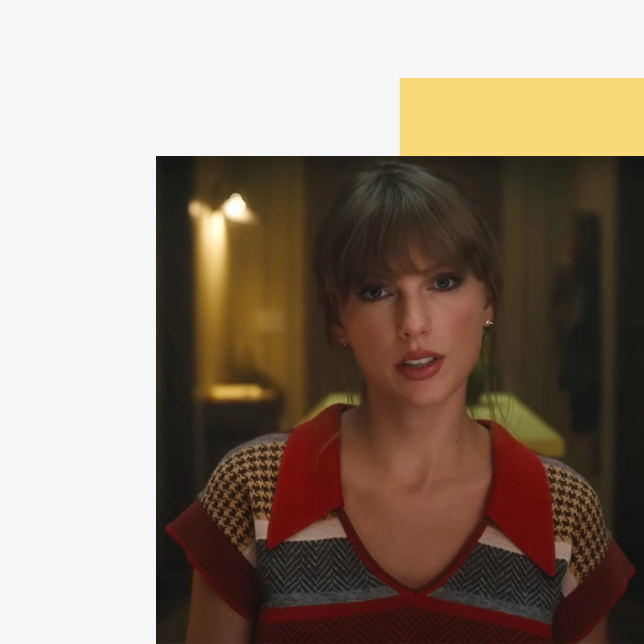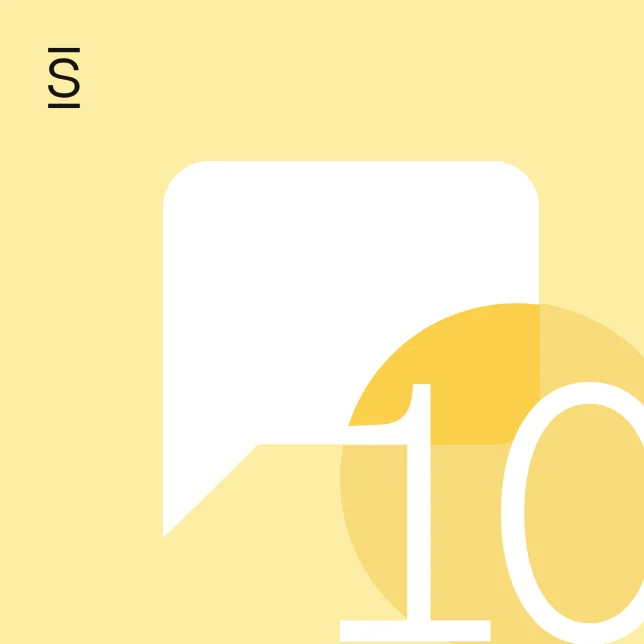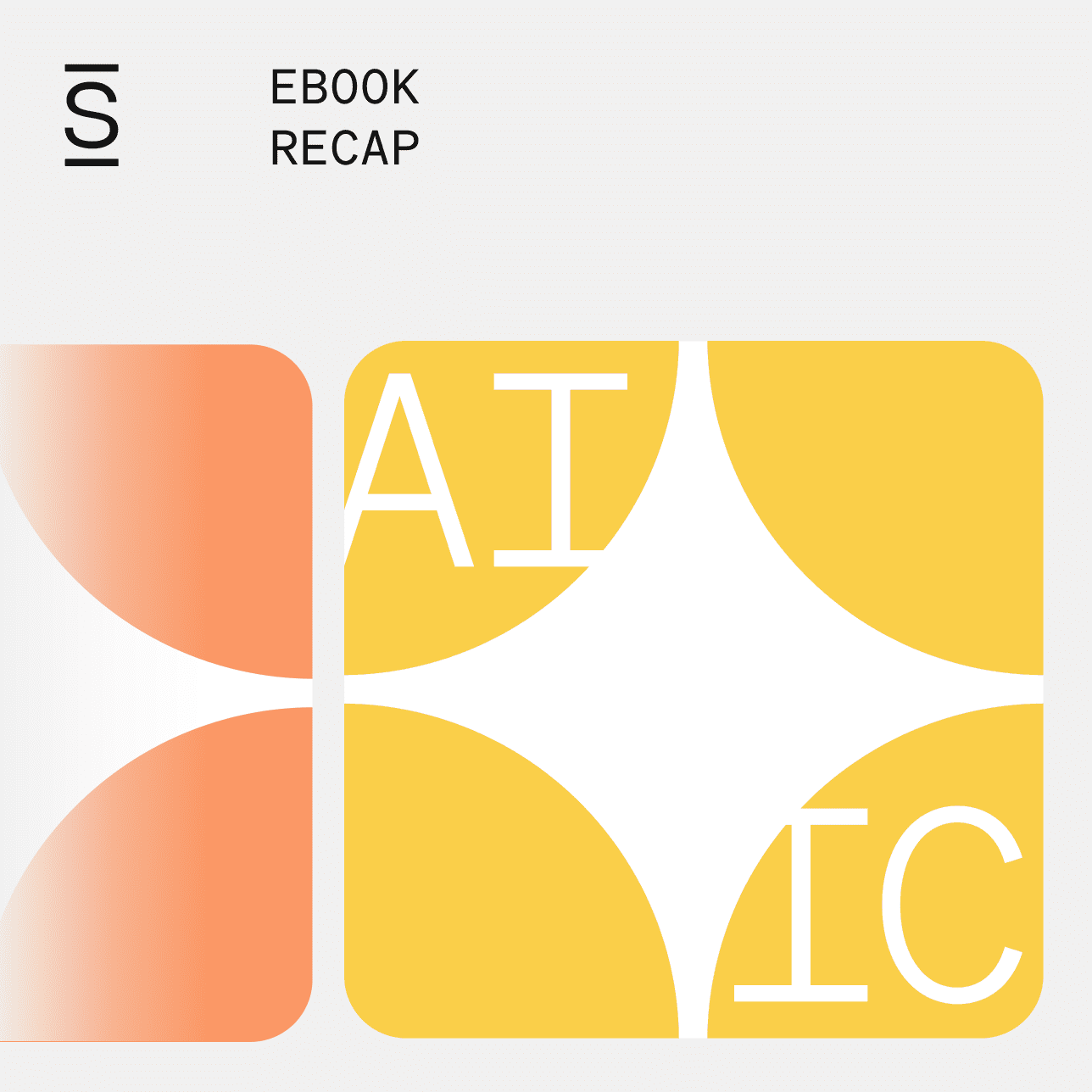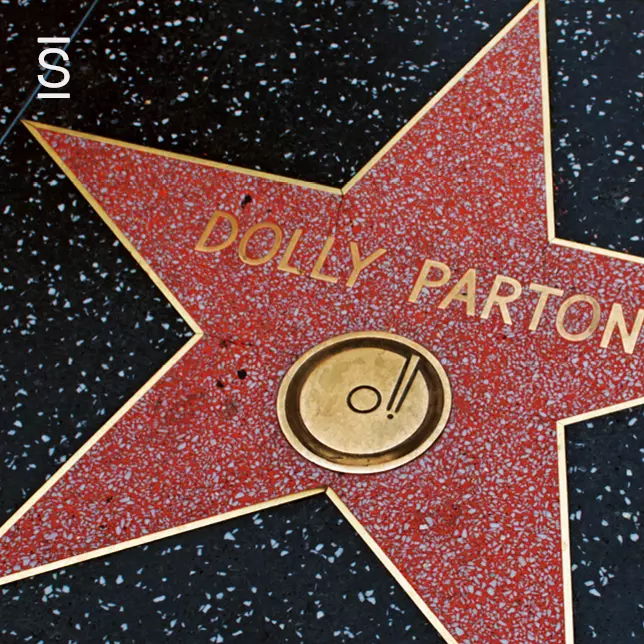I’ve been trying every way I can to talk about Taylor Swift lately. Her new album came out in October and my household has been consumed. I even hosted a “Midnight’s Brunch” to celebrate, where I had people aged 2 to 45 in glitter. Yes, I am a super fan.
I started to think about why I’m such a fan of hers. And how, for some reason, she truly adds to my life with her words, her music, and her voice.
I think as employee experience leaders we actually have a lot to learn from T. Swift.
When viewed through the lens of a business, it’s easy to see the connection: like Taylor, organizations are usually in constant shift. They’re introducing new products, new programs, new leaders, new peers, change of process, acquiring new companies and merging two worlds together. They’re sunsetting outdated programs, shifting priorities, and adjusting for the unknown. And just as Taylor has embraced the shifting tides of her career—organizations must also be open and accepting of the shifts happening. Taylor relentlessly prepares, explores, and experiments to weather changing tides—and that graceful self-reinvention is a pop-culture mirror for what we as employee communicators strive for just as Taylor has.
For me, it’s all about three things: evolution, understanding, and tone and tenor. All things that a communicator—and someone dedicated to making work great so life can be better—have to think about often. Let’s take a look at what we can learn about all three.
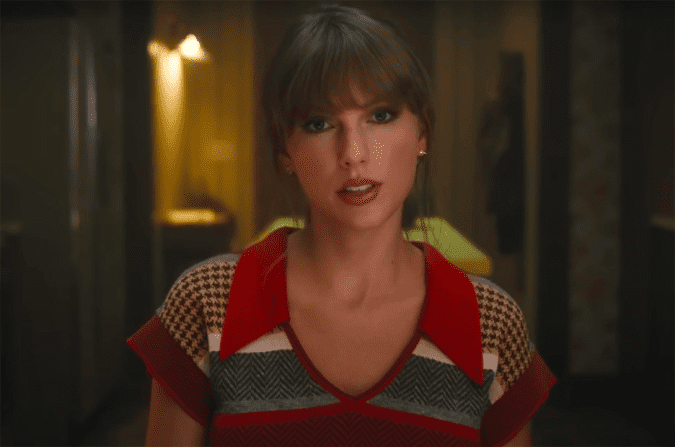
Evolution
“But I got smarter, I got harder, in the nick of time. Honey, I rose up from the dead. I do it all the time.” – Taylor Swift
Taylor has seen many seasons of life, and many of those seasons have been documented through her lyrics, ballads, and pop jams. Throughout her career, she has often had to evolve. And that evolution has been evident as she transformed into new versions of herself, depending on the season of life.
Evolution is equal parts thrilling and uncomfortable. It requires a level of acknowledgment for your past experiences. Reflecting on those experiences, digging in on what you can learn from them, and knowing what you can take with you into a new season—and what you can leave behind. It also calls for extending grace, for yourself and those around you.
Organizations are living ecosystems. And a key part of keeping those organizations thriving during times of change is doing exactly what we’ve seen Taylor Swift do. Tapping into the past to learn, determining what to carry forward into the new path, and understanding the rituals and customs from the past that still serve the new. Employees are often ready to embrace change, they almost always rise to the occasion and accept evolution as part of the journey. However, we can’t assume that they don’t need guidance (through great communication) to help them adapt and thrive.
Tip: Open yourself up to true reflection. The good, bad and ugly. This can help you to fully embrace your past and move forward with lessons learned. Determining what you carry with you from the past to carry forward is important. Assessing those things in relationship to your organizations mission and values is important. Create yourself a reflection worksheet to take on some of the hard questions you want answers to.
When embracing change, we have to be honest with ourselves. We must think about the fact that what we may want to move forward on organizationally, may not be what the employees want. Finding a way to meet in the middle can bring about real, transformative change.
Understanding
“I think I’ve seen this film before and I didn’t like the ending” -Taylor Swift
In Exile, Taylor Swift sings about a lack of understanding. About repeated behavior that resulted in the same outcome. In recent years, we’ve seen employees express their desire for understanding and new adaptations. Few things are as disheartening as being just a number or a statistic in the company you work for. But for too long, that’s just how organizations talked to their employees. Communications were impersonal—sometimes even written in the third person! (“Employees should be advised that…”) It’s encouraging to see that changing for the better as many HR departments embrace human-centered communication and transforming themselves into People teams.
At the heart of this new attitude is a deeper understanding that employees are the greatest asset to organizations. Finally, we’re seeing leaders understand how critical it is to understand the needs and desires of their employees and to acknowledge that they are individuals instead of line items on spreadsheets.
Understanding employee needs and desires is complex. For many years, asking employees once a year how they were doing and what they understand about the organization’s strategy was the apex. This is no longer acceptable. Organizations must find a way to assess their organizations more regularly—and faster. And it’s crucial that they move to deeply understand the underlying sentiments and help to create shifts.
Many HR professionals know this, and this new understanding has unlocked their potential to do what they do best: help and nurture people so they can be their best selves. And this proliferation of understanding is reshaping employees’ viewpoint about HR, too. Where once some employees feared and avoided HR, today the role of HR is changing. Employees are beginning to see HR as a true resource for personal and professional growth. T. Swift knows that with understanding comes trust—and with trust, positive transformation is sure to follow.
As Alyza Rathor, who runs internal communications at Jazz Pharmaceuticals and is a Taylor Swift fan puts it: “Taylor Swift is unapologetically herself. Imperfectly perfect. She is transparent about her beliefs, genuine in her relationship with others, treats humans with respect, and is truthful in the lyrics she writes. Her audience recognizes this and loves her for it. By adopting these instincts, employees are more likely to feel understood by the employee experience professionals who serve them.”
Finding the tone and tenor
“I wanna love glitter and also stand up for the double standards that exist in our society. I wanna wear pink, and tell you how I feel about politics. I don’t think those things have to cancel each other out.” – Taylor Swift
There’s little question that we’re living in an age of rapid transformation. Certain behaviors at work that were completely acceptable even ten years ago are unthinkable today. Employees feel empowered to ask the tough questions and work in ways that bring out the best in them—whether they need a flexible schedule, to work from home, or know that they thrive when collaborating in the workplace with others. In a time when our jobs depend on our whole selves, it’s finally safe to take our individuality to work with us. Taylor celebrates that diversity and encourages the feeling of the time. As employee experience pros, so do we.
As Ash Noland, Head of Internal and Executive Communications at Plume Design puts it: “Taylor Swift isn’t shy about how she iterated her career based on feedback she received. As an Internal Comms pro, I think that her ability to iterate on feedback quickly and update messaging so that it resonates with her audience is inspiring. I also think she gets the hard stuff. When there’s simply a no-win situation, she has made it clear that you have to dig in and wade through to the other side.”
We know that the path to success is through authenticity. The world of work has existed as a world outside of reality for decades. At work, we were workers, and not expected to be more. There was no room for family or personal issues, no such thing as hobbies, and no one was ever allowed to show signs of fatigue—or any other emotion, for that matter. Many put off doctor visits and missed parent/teacher conferences because they weren’t acceptable excuses to miss work. The advice we all got was, “whatever it is, don’t bring it to work! Leave it outside!” The common school of thought was that the outside world was a distraction to productivity. Sadly, it instead fostered workplace burnout and its opposite, rampant and unhealthy workaholism.
Today, thank goodness, we know that if employers don’t acknowledge the human in human resources, they’re cutting themselves off from the innovation and fresh thinking that only comes when people are allowed to be their authentic selves. Artists like Taylor Swift and Lady Gaga, whose personal brands encourage success through authenticity, stand as an inspiration for all of us who came from a corporate world of work. For those of us in employee experience who are spearheading this humanistic approach to work, Taylor Swift is a beacon of light that proves to us that we can do it.
PS A quick note, after I wrote this blog, the Ticketmaster ticket debacle happened. And another clear lesson played out here. The way Taylor Swift listened and responded to her fans is yet another example of transparency, openness, and clarity. One that leaders should bring to their own EX. Her ability to cut to the heart of the situation and express herself alleviated some of the pain for her fans.
Reach out for a demo to learn about our employee experience solutions.







